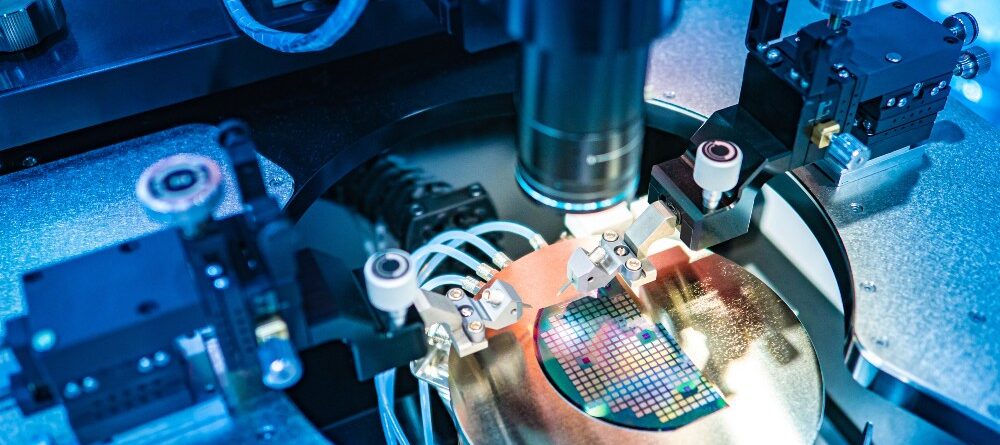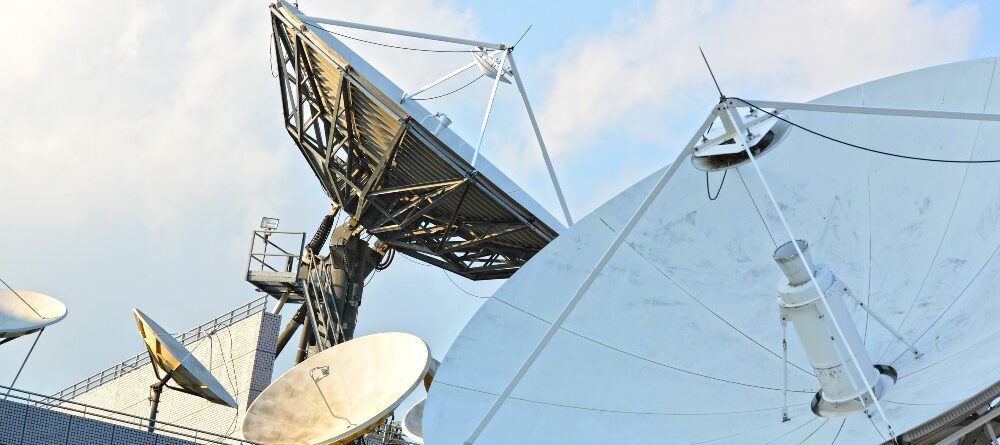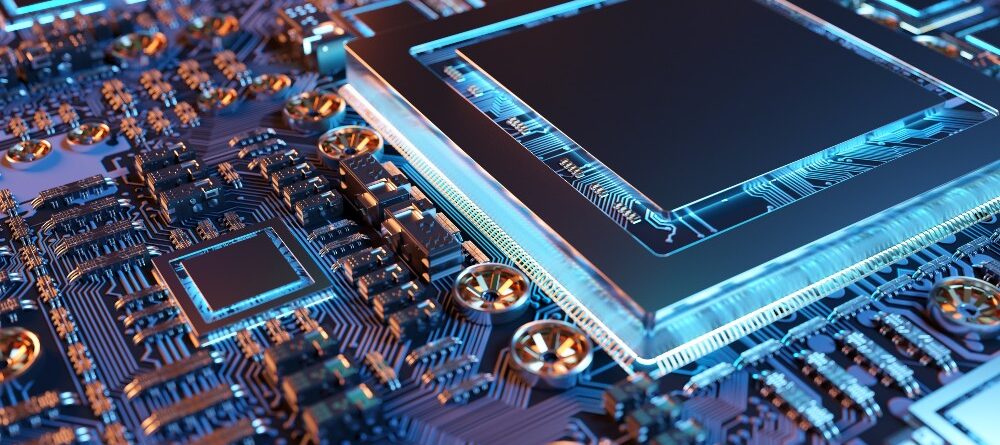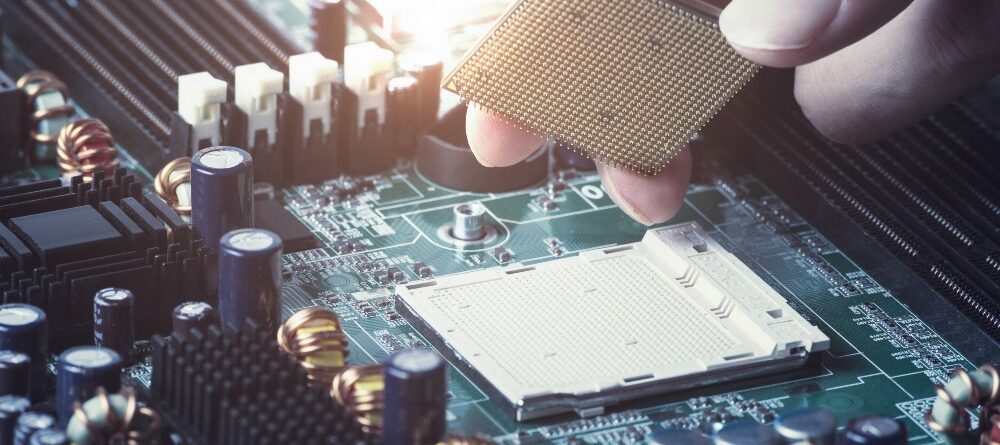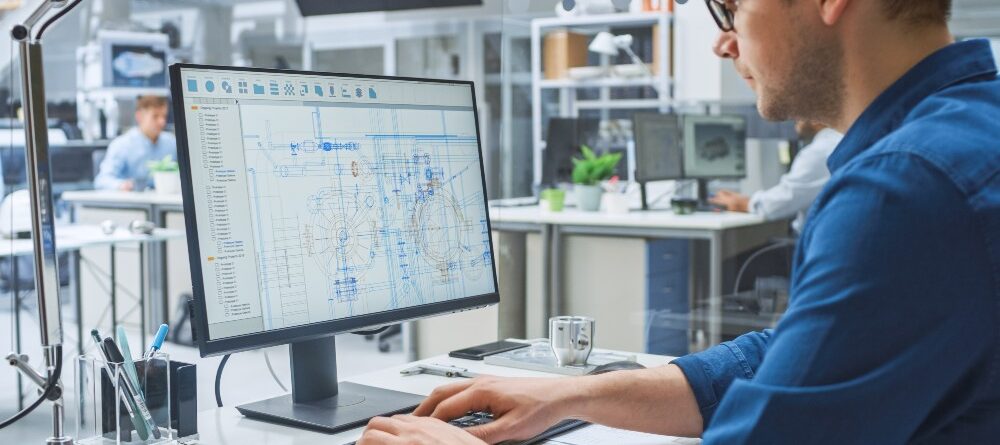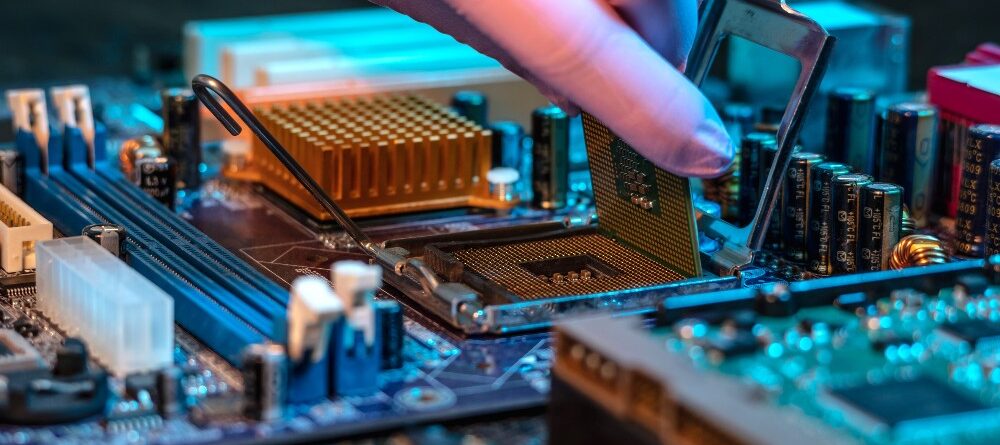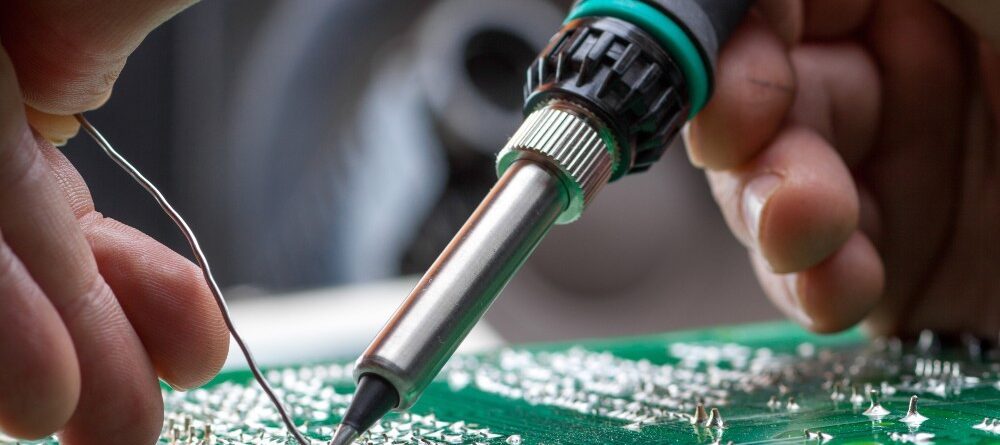4 Benefits of Automation in Electronics Manufacturing
Many of our childhood sci-fi movies are filled with robots taking over the world, usually acting as the villains in the story. In the electronics manufacturing world, this couldn’t be further from the truth — without automation, there would be very little growth and innovation. Ever since the first assembly lines Henry Ford installed for the...


